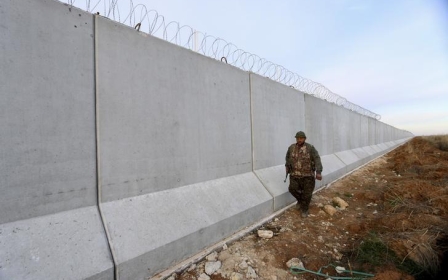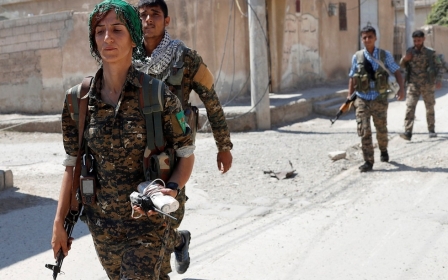Syria government strikes rebel forces near Damascus: Monitor

Syrian government air strikes on two rebel-held areas near Damascus killed seven people including two children on Friday, the Syrian Observatory for Human Rights monitor said.
The Britain-based monitor said five of the deaths, including the children, were in strikes on Ain Terma in the Eastern Ghouta region, the largest rebel enclave around the capital.
The two other deaths were in Zamalka, which neighbours Ain Terma, the group said, adding that warplanes had carried out around 20 air strikes on the two areas on Friday.
The strikes also injured at least 15 people, some of whom were in serious condition, the monitor said.
In recent weeks, government forces have been heavily bombarding Ain Terma, which links the Eastern Ghouta area to the opposition-held Damascus neighbourhood of Jobar.
They are pressing a military operation intended to try to sever Jobar from Eastern Ghouta, leaving it isolated.
The Eastern Ghouta region is one of the areas covered in a ceasefire plan agreed in May by Syrian government allies Russia and Iran, and rebel backer Turkey.
But disagreements over how to monitor the four so-called "de-escalation zones" proposed by the plan have delayed its implementation.
So far, just one of the zones is operational, in the south, where a ceasefire for the provinces of Daraa, Quneitra and Sweida began on 9 July and is largely holding.
More than 320,000 people have been killed in Syria since the conflict began with anti-government protests in March 2011.
New MEE newsletter: Jerusalem Dispatch
Sign up to get the latest insights and analysis on Israel-Palestine, alongside Turkey Unpacked and other MEE newsletters
Middle East Eye delivers independent and unrivalled coverage and analysis of the Middle East, North Africa and beyond. To learn more about republishing this content and the associated fees, please fill out this form. More about MEE can be found here.




